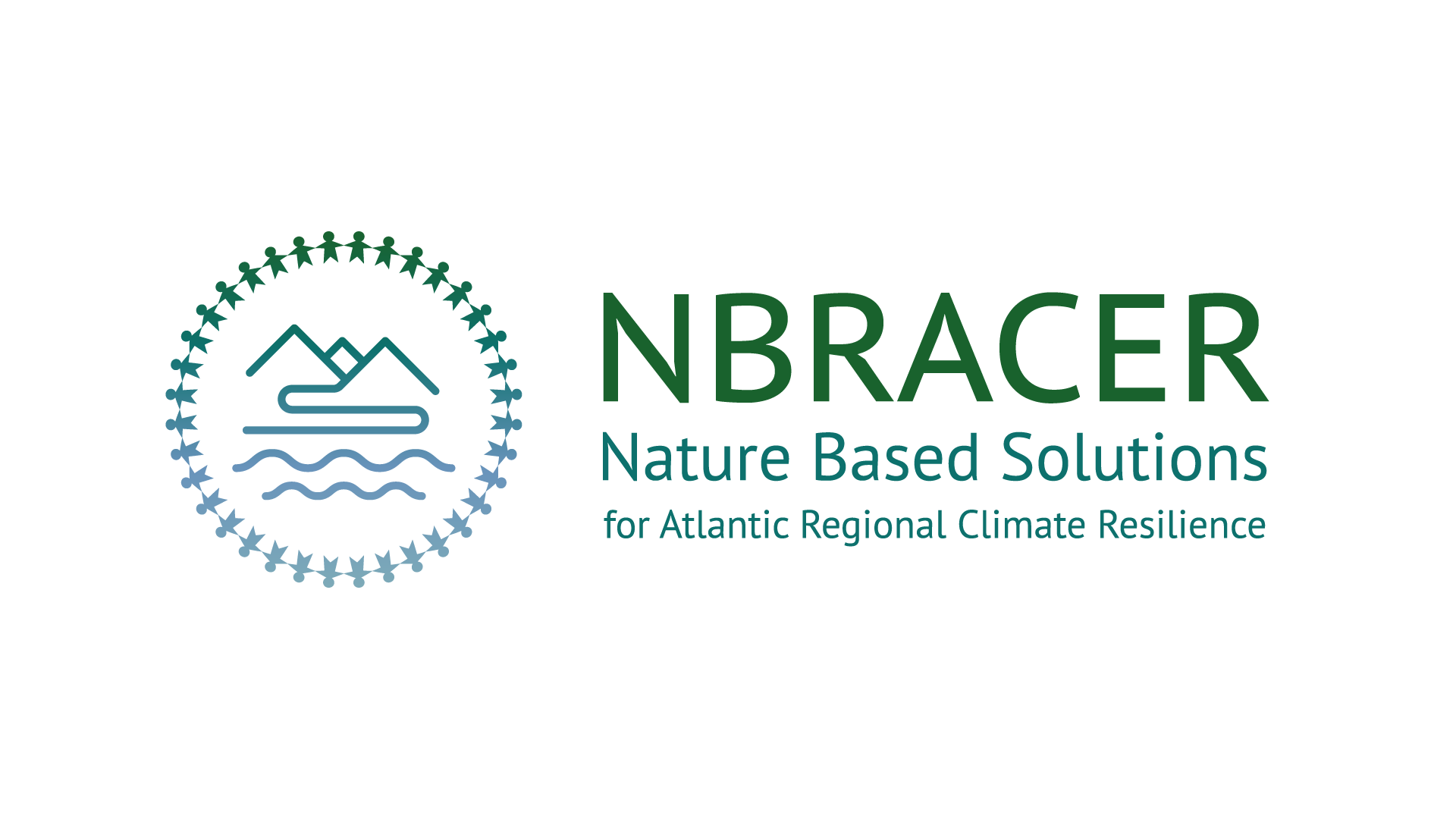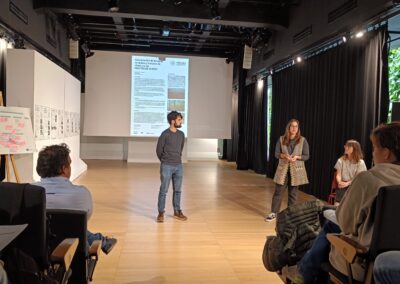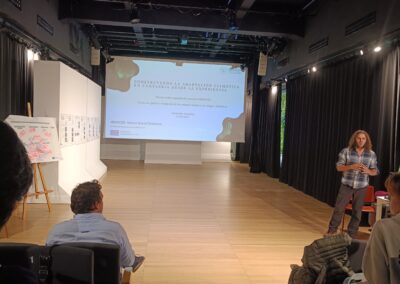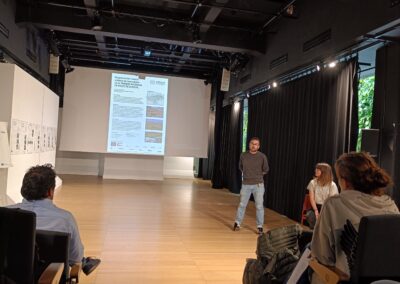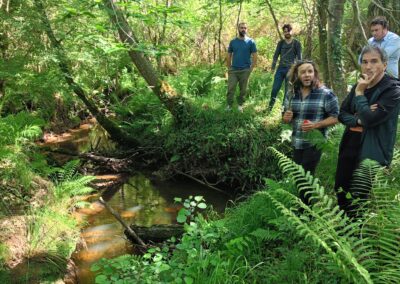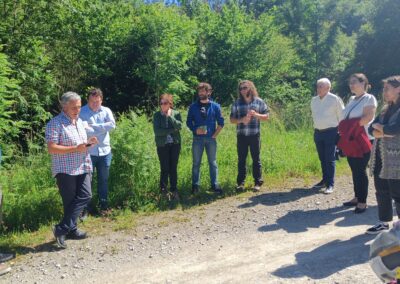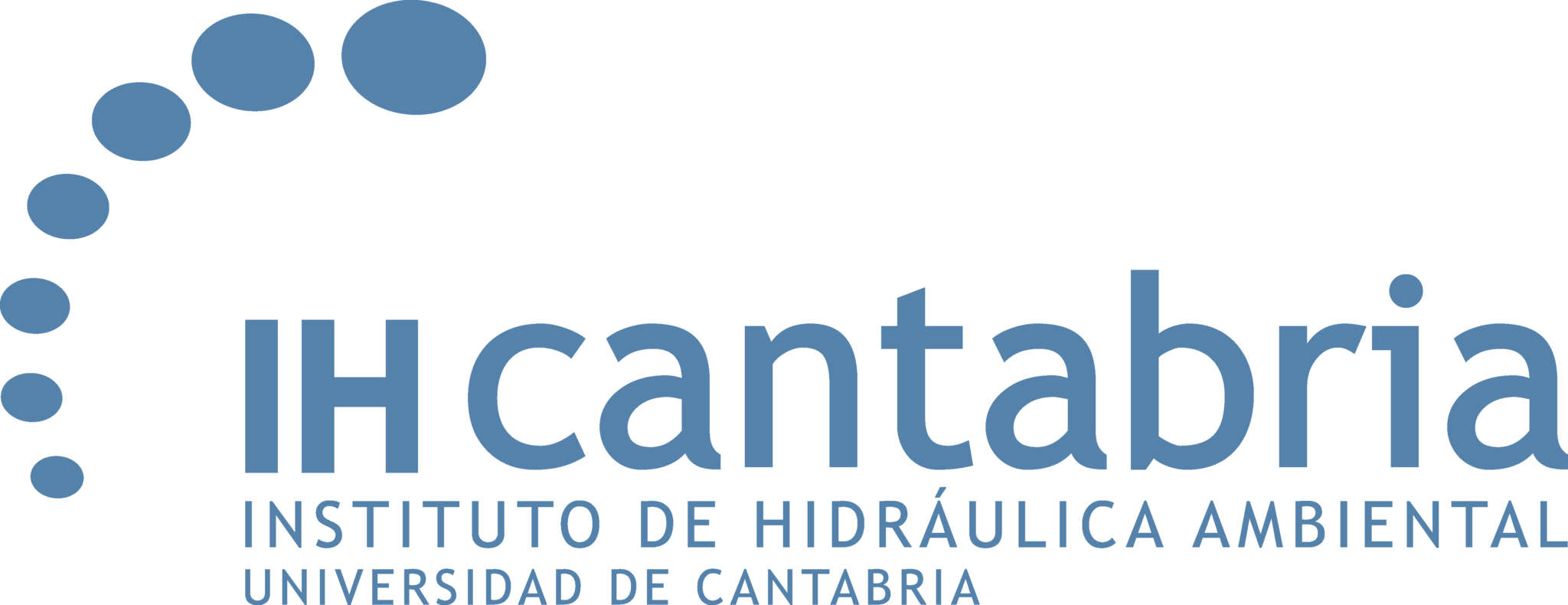First regional workshop of the NBRACER project in Santander for the sharing of experiences on the implementation of nature-based solutions
IHCantabria will host in October the General Assembly of NBRACER, whose acronym corresponds to the name of the European project: “Nature-based solutions for Atlantic regional climate resilience”.
The Tabacalera Civic Center in Santander has hosted this week the first regional workshop of the European project NBRACER, entitled “Building climate adaptation in Cantabria from experience”, in which participated research staff of the Institute of Environmental Hydraulics of the University of Cantabria(IHCantabria), and which was organized by the entities that develop the project in Cantabria: Fundación Instituto de Hidráulica Ambiental (FIHAC) / IHCantabria, the University of Cantabria, Red Cambera and the City Council of Santander.
NBRACER is developed by a consortium of almost 30 entities from different European countries (Denmark, Netherlands, Belgium, France, Spain and Portugal) and its execution is funded by the European Commission, in the Horizon Europe framework program. IHCantabria will host its General Assembly in October, with the participation of representatives of the consortium partners.
The project addresses the growing impacts of climate change and the degradation of natural capital by promoting systemic and effective adaptation through Nature-Based Solutions (NBS). NBRACER works in ‘demonstration’ and ‘replicator’ regions in three types of landscapes: marine and coastal, urban and rural, in the European Atlantic biogeographic area.
First Regional Workshop of the NBRACER Project
The first regional workshop of the NBRACER project began with a welcome by Paloma Fernández Valdor, representative of the Cambera Network Association, who informed about the objectives and dynamics of the event and introduced the speakers.
Celsa Monros, representing the Deltares + Climate KIC Foundation, gave a brief contextualization of the NBRACER project before explaining some of the proposals on climate change offered by the European regions participating in this project.
The day continued with the presentation of relevant local experiences in Cantabria on the implementation of Nature-Based Solutions. Representatives of the Asociación Ría (Diego Cicero Fernández), the Directorate General of Forestry and Biodiversity of the Government of Cantabria (Antonio Rodríguez Martín), the Fundación Naturaleza y Hombre (Laura Dorado Álvarez), IHCantabria/FIHAC(Ignacio Pérez Silos, Mario Álvarez Cabria, Ayanta Velasco Martínez and Álvaro Fernández Menéndez), the Junta Vecinal de Treceño (Rodrigo Puente Casanueva) and SEO BirdLife (Blanca Serrano García) referred to these experiences. Each intervention addressed the context, objectives and results achieved with these experiences.
José Barquín Ortiz, head of the Continental Ecosystems Group at IHCantabria and full professor at the University of Cantabria, closed the presentations with a talk entitled “Towards an integrated management of landscapes in the face of climate risks”.
In addition to sharing successful experiences of climate adaptation in Cantabria, through an interactive dynamic, this workshop encouraged discussion on the main climate risks facing the region, as well as the possible implementation of BNS to reduce their impact. The benefits and implications of its implementation, regional constraints and how to overcome difficulties to facilitate climate resilience were discussed.
In the afternoon, the participants in this workshop made several guided visits to some of the BNS implemented in Santander and Monte Corona. The visit to Dr. Morales’ park, guided by a representative of SEO Birdlife, provided a first-hand look at biodiversity promotion actions, such as a Miyawaki mini-forest and areas with reduced mowing frequency.
During the visit to Monte Corona, guided by Rodrigo Puente Casanueva ─secretary of the Neighborhood Councils of Caviedes and Treceño─, it was possible to appreciate the role of the riparian forest as a green filter, since it retains organic matter and sediments from the slopes, reducing and laminating their arrival to the riverbed, which facilitates the creation of habitats that favor biodiversity.
More information on the characteristics of the NBRACER project:
